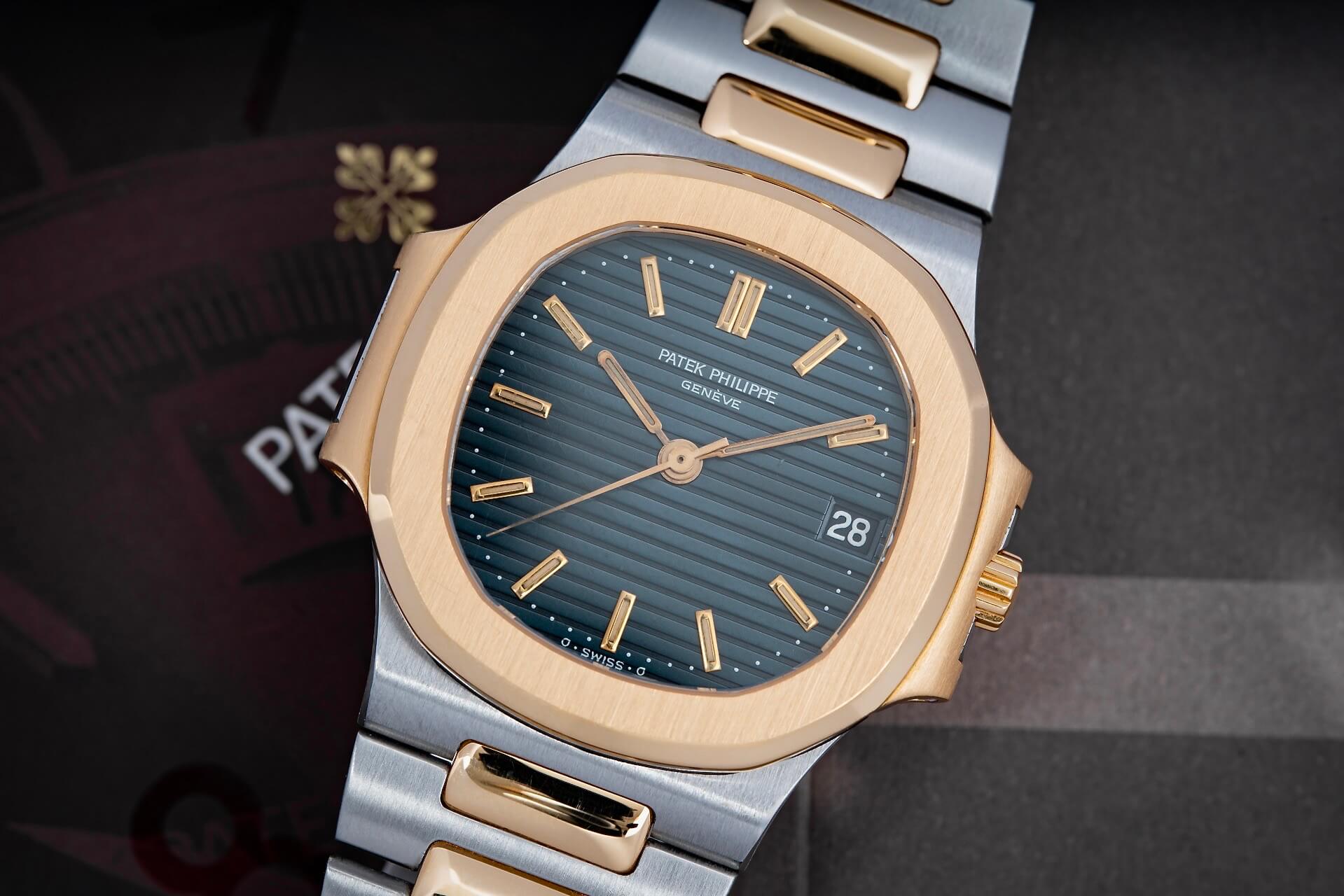Two-Tone Watches: In The Twilight Of Style

Watches that combine gold with stainless steel are often called ‘two-tone.’ While this combination of metals was particularly popular in the 1990s, its popularity dwindled in the years after. Some even questioned whether this mixture of precious and non-precious metal was style-appropriate. At WatchWorks Haarlem, we have always had a soft spot for two-tone watches and are happy that they are becoming in fashion again.

With this Speedmaster made in the 1980s for the German market the use of gold is subtle, yet in combination with the pale yellow dial perfect
The beauty of two-tone watches is that they offer a pleasant, and often more casual, mix of sportiveness and elegance. The parts made in gold give the timepiece a luxurious appearance without adding the overabundance or steep price tag of a full gold version. It can often be viewed as the best of both worlds. Another advantage in terms of design is that more contrast can be applied between the different parts. This can be used to highlight certain main features of the watch, making its overall look even stronger.

Two-tone is called Rolesor at Rolex, and makes this Datejust stand out even more.
Rolex is a good example of a brand that has always been faithful to two-tone watches, although their preferred term for a mix of gold and stainless steel is ‘Rolesor.’ The Datejust is perhaps the most prominent example, but also Rolex professional watches were often available in this combination of metal.

This rare Speedmaster for the Italian market looks amazing in steel/gold
Omega is another brand that loves to work with precious and non-precious metals in a single watch. With the Constellation, especially the last three generations, they perfected the dynamic and often made it even a hallmark feature. Like Rolex, Omega also applied the two-tone treatment on its sports watches. In particular, with the Speedmaster, this resulted in beautiful and often rare chronographs. Perhaps the best examples are the reference 376.0822, a limited edition for the Italian market of just 200 pieces, and reference DD145.0022, made for the German market. They underscore that watches that got the ‘two-tone treatment’ not only age well but also remain highly desirable.